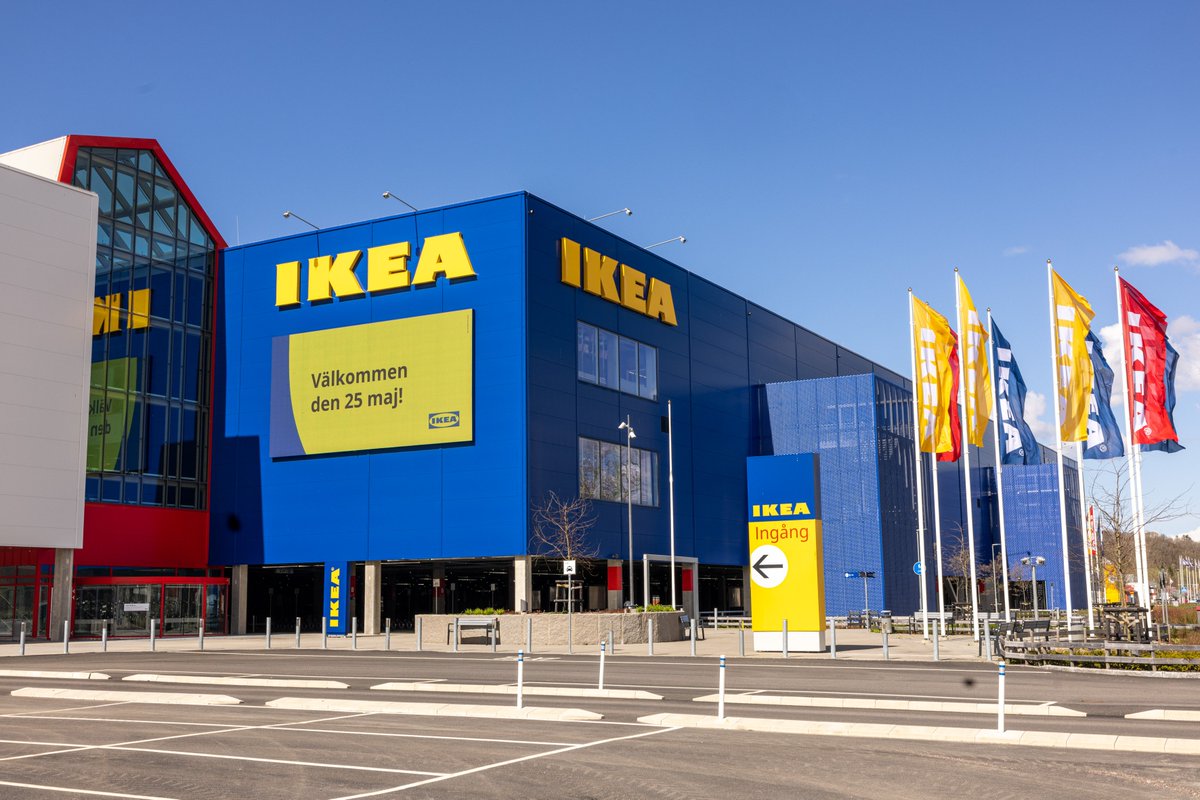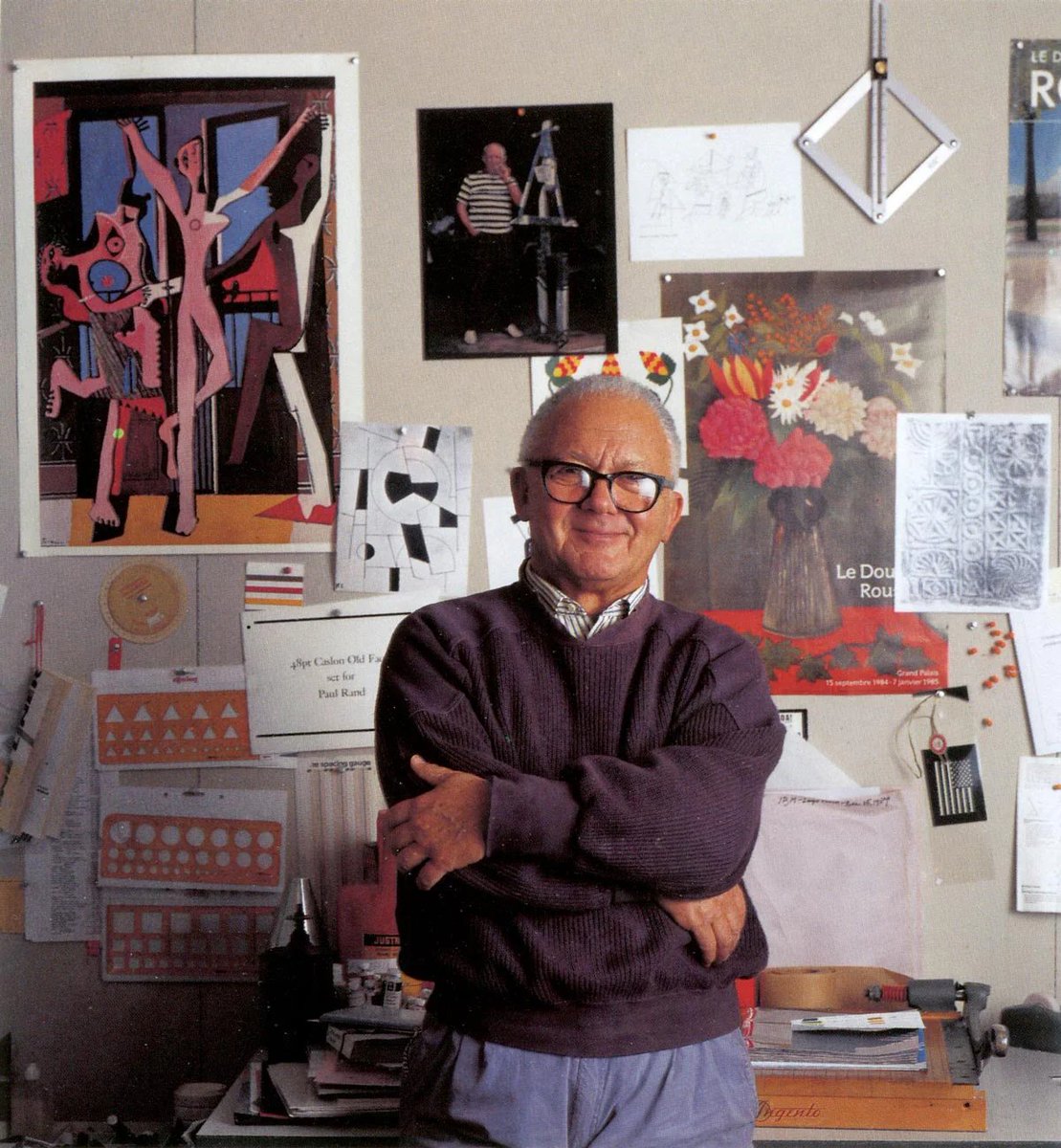
Marketing nuggets from the smartest minds | By @armaanSkooner 🎨 | If you love marketing, subscribe → https://t.co/Y9vxabRM0W
3 subscribers
How to get URL link on X (Twitter) App



 After World War II, Nestlé entered Japan, hoping to create a new market for coffee.
After World War II, Nestlé entered Japan, hoping to create a new market for coffee.
 Ad-making used to be hard:
Ad-making used to be hard:

 IKEA’s story starts with Ingvar Kamprad, a dyslexic farm boy who built one of the most successful retail empires in history.
IKEA’s story starts with Ingvar Kamprad, a dyslexic farm boy who built one of the most successful retail empires in history.
 On January 2, 2018, a Twitter user asked Wendy’s a simple question:
On January 2, 2018, a Twitter user asked Wendy’s a simple question:


 In the 1980s, Paco Underhill noticed something that would spark a revolution in retail.
In the 1980s, Paco Underhill noticed something that would spark a revolution in retail.
 By 2018, McDonald’s had a dominant presence in fast food, but Burger King saw an opportunity.
By 2018, McDonald’s had a dominant presence in fast food, but Burger King saw an opportunity.
 Instead of marketing Crocs as “comfy clogs,” they turned them into collector’s items.
Instead of marketing Crocs as “comfy clogs,” they turned them into collector’s items.
 1. No Clocks, No Windows Strategy
1. No Clocks, No Windows Strategy

 After World War II, Nestlé entered Japan, hoping to create a new market for coffee.
After World War II, Nestlé entered Japan, hoping to create a new market for coffee.
 Self-order terminals were first introduced in 2008, with Europe as the testing ground
Self-order terminals were first introduced in 2008, with Europe as the testing ground


 Seth Godin noticed a problem:
Seth Godin noticed a problem:

 On January 2, 2018, a Twitter user asked Wendy’s a simple question:
On January 2, 2018, a Twitter user asked Wendy’s a simple question:

 1. Social media platforms exploit natural human tendencies through "persuasive design" techniques based on behavioral psychology.
1. Social media platforms exploit natural human tendencies through "persuasive design" techniques based on behavioral psychology.

 1. Neuromarketing is the science of understanding how your brain responds to marketing stimuli.
1. Neuromarketing is the science of understanding how your brain responds to marketing stimuli.
 1. Understanding Perception Over Reality
1. Understanding Perception Over Reality

 1. The 1-Click Revolution
1. The 1-Click Revolution

 Paul Rand grew up in Brooklyn, New York, where he developed a passion for art and design.
Paul Rand grew up in Brooklyn, New York, where he developed a passion for art and design.

 Guerrilla marketing is all about using low-cost, high-impact strategies to capture attention.
Guerrilla marketing is all about using low-cost, high-impact strategies to capture attention.
 Seth Godin noticed a problem:
Seth Godin noticed a problem: